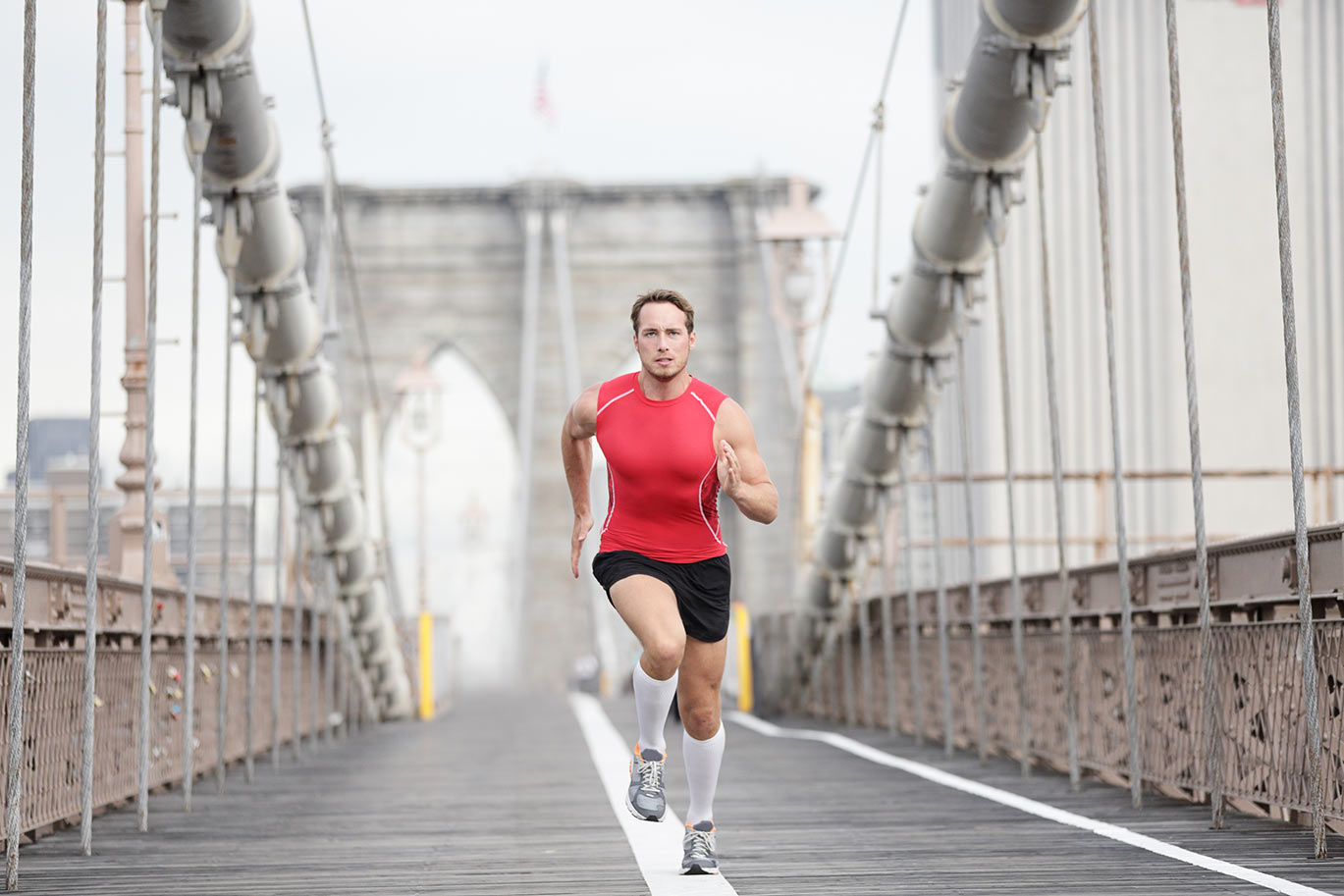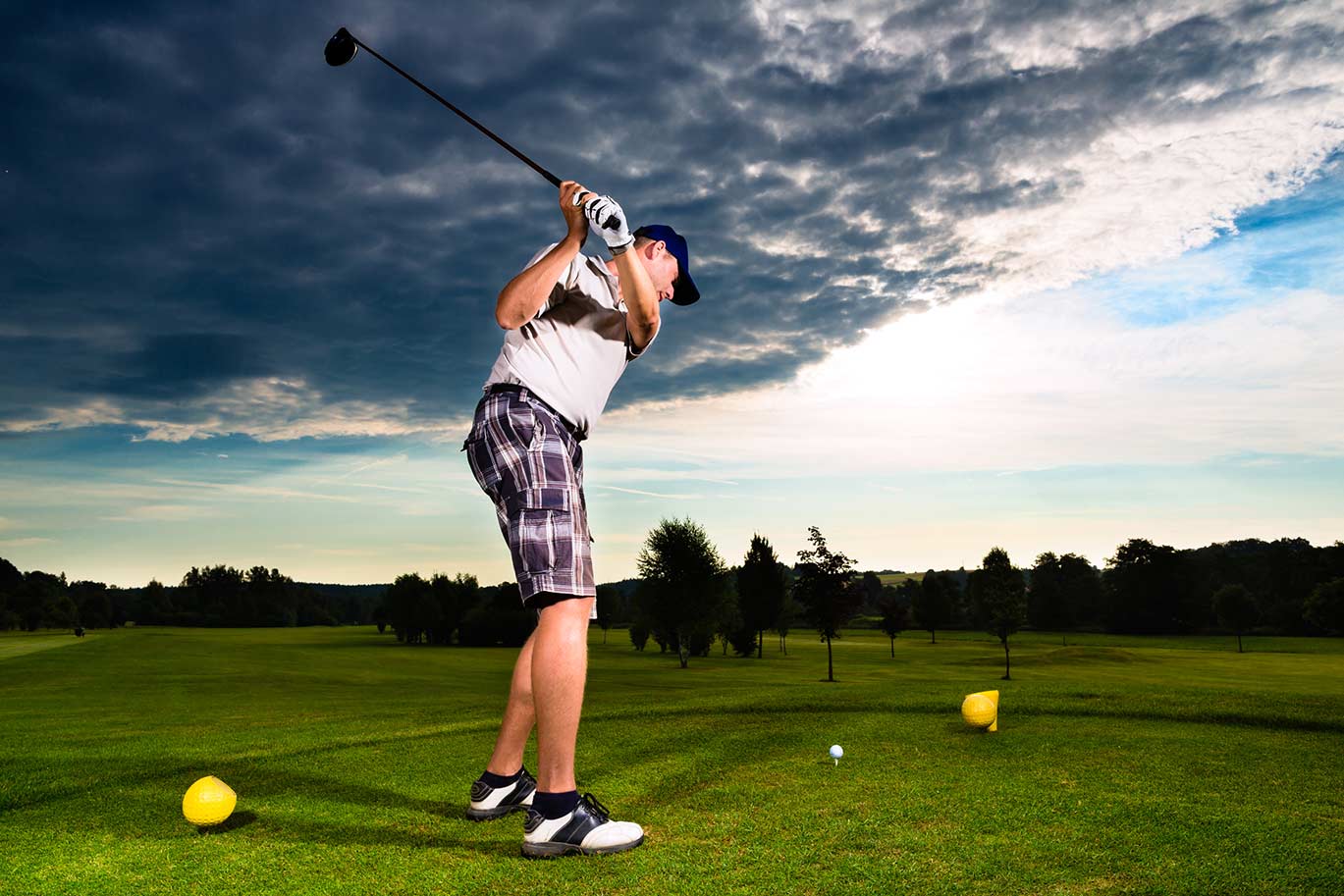Most of us tend to “nest” during the winter, hunkering down in our cozy homes, having as little to do with the season as possible. But there’s another breed of human out there – a breed of human that loves to go out in the snow and play.
Winter sports carry with them a responsibility to be aware of the unique dangers implicit in outdoor activities during the cold months. “Winter sports, injuries and prevention” is offered to hardy souls who aren’t afraid of a little snow, in the interests of their ongoing wellness.
Dress for it.
It may sound like a no-brainer (especially for those of us not particularly fond of going out in the cold to play). But you’d be surprised how cavalier winter sports enthusiasts can be about dressing for the weather. Being tough goes with the territory, but not dressing for the weather isn’t “tough” – it’s an invitation to injury.
Breathable layers are your best friend. Once you’re warm, you can shed layers as you go, but starting out warm is crucial to keep your body dry and safe from injury. Closest to your body should be garments made of “wicking” fabric to collect moisture, keeping it away from your skin.
Warm up.
Warming up for winter sports is crucial to preventing injuries. A routine of stretching and perhaps a brief walk to prepare your body for heavy activity is a must. Especially when you’re a skier or snowboarder, you need your muscles (especially those quads) warm and ready for action.
On the slopes.
Skiing and snowboarding, especially when the powder’s fresh and the sun’s out, can offer exhilaration and tremendous exercise. But you can also hurt yourself very easily if you’re not paying attention.
Because getting out on the slopes is a much anticipated seasonal activity for many enthusiasts, taking one last run is a temptation far too many succumb to. Continuing with the sport when your muscles are tired and ready for you to give them a break can lead to errors and accidents. Head to the lodge, instead and reward yourself with something hot.
Falling right.
Wipe outs happen. Knowing how to wipe out without hurting yourself is a skill everybody who loves the snow should be aware of. Breaking a fall with your arms is something you should never do, even though it’s your first instinct. Your rotator cuff could be seriously damaged if you’re breaking a high-velocity fall. Instead, roll into it, keeping your arms tucked in. For downhill skiers, don’t forget to ditch the poles first.
Protection.
Wear a helmet and goggles. Traumatic brain injuries sustained by winter sports fans happen every season and they’re serious. Protect yourself.
The thrill of the wind whipping through your hair as you shush down the slopes is amazing, but so is a functioning brain. Your eyes, with other skiers and ice flying through the air, will thank you for wearing goggles, too.
“Winter sports, injuries and prevention” is offered in the interests of your safety. Contact us for more information.














